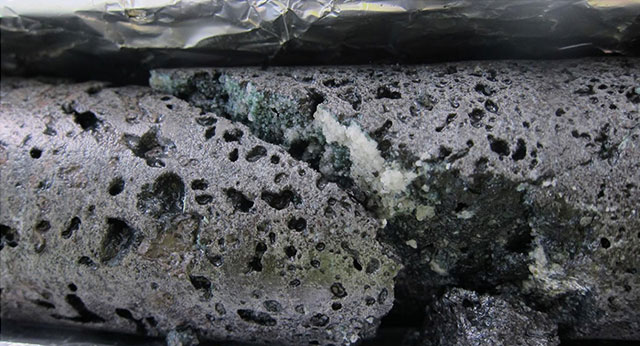environmental sustainability
What are the risks of Carbon Capture and Storage
One possible solution for reducing carbon emissions is carbon capture and storage (CCS). However, it is not unanimously accepted as a viable option.
The current climate crisis calls for immediate action to reduce our collective carbon footprint. Our carbon emissions need to be reduced drastically and quickly, as it is increasingly becoming clear that they are warming the planet at an alarming rate. The build-up of CO2 and other greenhouse gasses in the atmosphere is trapping heat, causing global temperatures to rise.
One possible solution for reducing carbon emissions is carbon capture and storage (CCS). However, it is not unanimously accepted as a viable option. We will explore the potential risks of CCS so that readers can decide if they support this approach or not.
How does Carbon Capture and Storage work?
Humans have been burying their garbage in their backyards for centuries. CCS is essentially a modern form of this practice. The process involves capturing CO2 at the source and transporting it via pipeline or truck to an underground storage site, such as in geological formations deep beneath the earth's surface.
The idea is that by trapping and sequestering carbon dioxide underground, we can significantly reduce our atmospheric emissions and limit the amount of heat trapped in the atmosphere. Theoretically, this would slow global warming and its associated effects, such as rising sea levels. Scientists have found pockets of CO2 buried deep beneath porous rock surfaces dating back millions of years.
In essence, the process goes like this:
Capture
In the US, manufacturing is responsible for about a quarter of all energy-related CO2 emissions. The CO2 is collected at its source — typically a power plant or industrial facility. The CO2 is either captured in open-air or in enclosed vessels. It can also be captured at various stages of the production process.
Post-combustion capture is the most common approach. Once fuel is burned, the emissions pass through a device that extracts CO2 from the stream. Pre-combustion capture is also used and involves capturing CO2 directly from the fuel before it is burned. And oxyfuel combustion, the third approach, involves burning fuel in an atmosphere enriched with pure oxygen. It creates a stream of exhaust that is predominantly composed of CO2.
The transportation process would need to be carefully monitored for safety and efficiency.
Transport
Once the CO2 has been captured, it must be transported to its underground storage site. That could be done via pipeline or truck. The transportation process would need to be carefully monitored for safety and efficiency. Ships could also be used for longer distances.
Storage
The CO2 can then be injected deep underground in geological formations, such as saline aquifers or depleted oil and gas fields. The idea is to convert the CO2 into a liquid, making it easier to contain and store. A variety of technologies can be used for this process. Oceans were also considered potential storage sites, which was later rejected due to already over-taxed ecosystems. Acidification of ocean water could also occur due to increased CO2 levels.

Calcite formed in basalt due to CO2-charged water-rock interaction at the Carbfix site. By Sigrg - Own work, CC BY-SA 4.0
The risks of Carbon Capture and Storage
Despite the potential benefits of CCS, it is not without its risks. Injecting large amounts of captured carbon dioxide into underground formations could lead to unforeseen consequences and long-term damage.
Potential leaks in the ground
The most immediate and obvious risk is leakage. If the CO2 is not stored properly or fails to remain in a liquid state, it could escape and seep into surrounding areas. The leaks could lead to environmental and safety issues, including soil contamination and waterway pollution. The gas could even migrate to populated areas and cause health problems for those living nearby. In the event of a significant leak, it would add to the existing CO2 levels in the atmosphere.
Dangerous infrastructure builds
The infrastructure needed to make CCS work would also present a risk. Pipelines and other energy-related projects have been known to disrupt local ecosystems, including destroying habitats and displacing wildlife. Additionally, these are also prone to leaks and disruptions, leading to potentially hazardous situations.
Pipelines are vulnerable to earthquakes, landslides, and other natural disasters. According to the Intergovernmental Panel on Climate Change, only 7 to 10% of leaked carbon in the ambient air could pose an immediate threat to human life. Vehicular transport is susceptible to accidents, and ships transporting CO2 could sink or run aground.